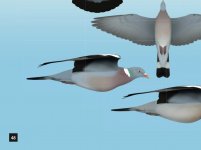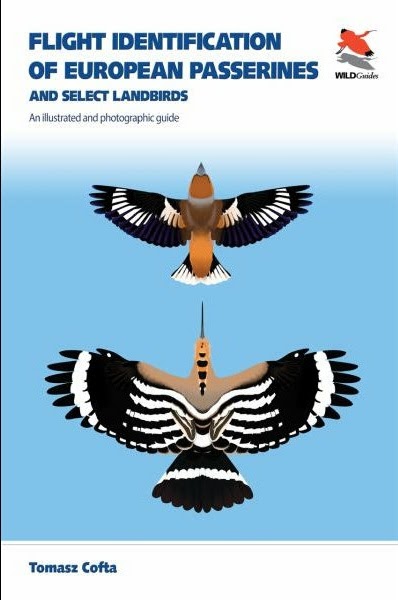I received my copy and had a look.
Very good book, one which opens a whole new perspective of IDing small flying songbirds. I liked the introduction, which describes in detail features of bird apperance, flight mode, flocking and voice, as well as advises what to look for. The main text lists all the needed songbird species. Here the Tomasz meticulous attention to detail comes to play. Details of shape and appearance of every species are analyzed, picking distinguishing characters of all the small drab (and not drab) birds. And the book does not overreach, saying that identification is not possible in many cases, and advising e.g. to look for contrasts not colors.
For me, the book will be mostly of use for identifying common flying birds, for example picking a Brambling in a flock of Chaffinches overhead, or identifying a flying songbird on a mountain hike as an Alpine Accentor, Water Pipit, Linnet or something else. But, no doubt, this book will lead to many more vagrant passerines being recorded in the following years.
A QR code to flight calls is useful. However, I expected rather more, like easy ordering the species by common name, taxonomy and the page of the book. Maybe there is more after installing an external app, which I did not do. A link to bulk-download the call files would be handy - so we don't need to rely on the internet connection in the field and/or abroad. One possible error: page 375, photo in second row from top, right seems not to show a male White-throated Robin but some chat with a rufous tail.











